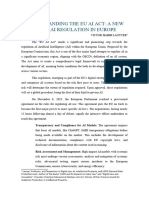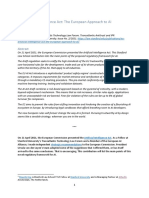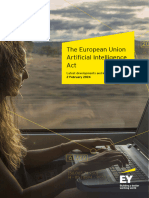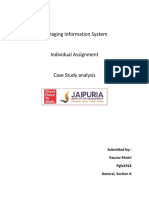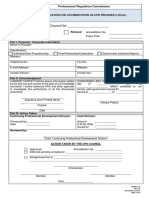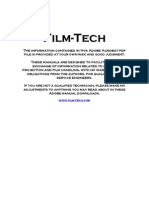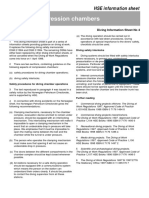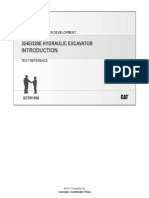0% found this document useful (0 votes)
20 views27 pagesAssignment 2
The document discusses the European Union's AI Act, a comprehensive regulatory framework aimed at ensuring the ethical and safe development of AI technologies. It outlines the Act's objectives, structure, risk-based categorization, compliance mechanisms, and the ethical foundations underpinning it, while also addressing challenges and global implications. The document emphasizes the importance of balancing innovation with public welfare and the role of various stakeholders in implementing the Act.
Uploaded by
vadlasadvik99Copyright
© © All Rights Reserved
We take content rights seriously. If you suspect this is your content, claim it here.
Available Formats
Download as DOCX, PDF, TXT or read online on Scribd
0% found this document useful (0 votes)
20 views27 pagesAssignment 2
The document discusses the European Union's AI Act, a comprehensive regulatory framework aimed at ensuring the ethical and safe development of AI technologies. It outlines the Act's objectives, structure, risk-based categorization, compliance mechanisms, and the ethical foundations underpinning it, while also addressing challenges and global implications. The document emphasizes the importance of balancing innovation with public welfare and the role of various stakeholders in implementing the Act.
Uploaded by
vadlasadvik99Copyright
© © All Rights Reserved
We take content rights seriously. If you suspect this is your content, claim it here.
Available Formats
Download as DOCX, PDF, TXT or read online on Scribd
/ 27
